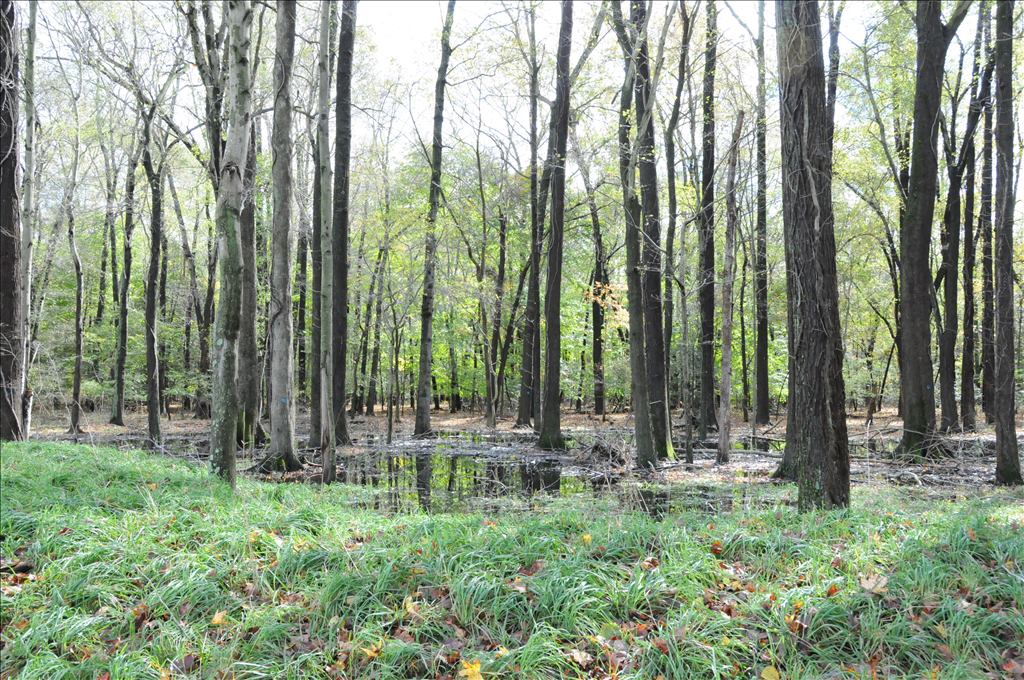DNREC is part of a state and federal partnership with the USDA Commodity Credit Corporation, that aims to add up to 10,000 acres of Delaware agricultural land to the USDA Conservation Reserve Enhancement Program (CREP). Landowners in the CREP receive funding to support land conservation practices.
For more information, contact your local FSA office
Learn more about USDA conservation programs
Under the voluntary Conservation Reserve Enhancement Program (CREP), the state identifies high-priority conservation goals. Federal funding from the CRP is supplemented with non-federal funds to achieve those goals. Resources are available to program participants who enroll in the CRP for 10- to 15-year contracts.
The purposes of the Conservation Reserve Enhancement Program are to:

The goals of the program are to:
Eligible CREP Practices
CP-3A: Hardwood Tree Planting
CP-4D: Permanent Wildlife Habitat
CP-9: Shallow Water Area for Wildlife
C-21: Filter Strips
CP-22: Riparian Buffer
CP-23: Wetland Restoration
CP-23A: Wetland Restoration, Non-Floodplain
To be eligible for the program, at least 80% of a producer’s eligible land must be within the Chesapeake Bay, Delaware Bay or Inland Bays watershed. The land must adjoin drainage ditches, streams or other water bodies.
For shallow water area practices, land does not have to be adjoining a ditch or stream. This land must be suitable for this practice as determined by NRCS.
The land must be in cropland or marginal pastureland, four out of six years, from 2012-2017.
The landowner must have owned the land for 12 months (with certain exceptions).
Marginal pastureland is suitable only for a riparian buffer.

United States Department of Agriculture, USDA Farm Service Agency (FSA)
Delaware Department of Natural Resources and Environmental Control (DNREC)
USDA Natural Resources Conservation Service (NRCS)
Delaware Conservation Districts (New Castle, Kent, Sussex)
United States Fish and Wildlife Service (FWS)
Delaware Department of Agriculture (DDA) Forest Service
Related Topics: bmp, conservation, funding, landowner, nonpoint source, water quality, watershed stewardship